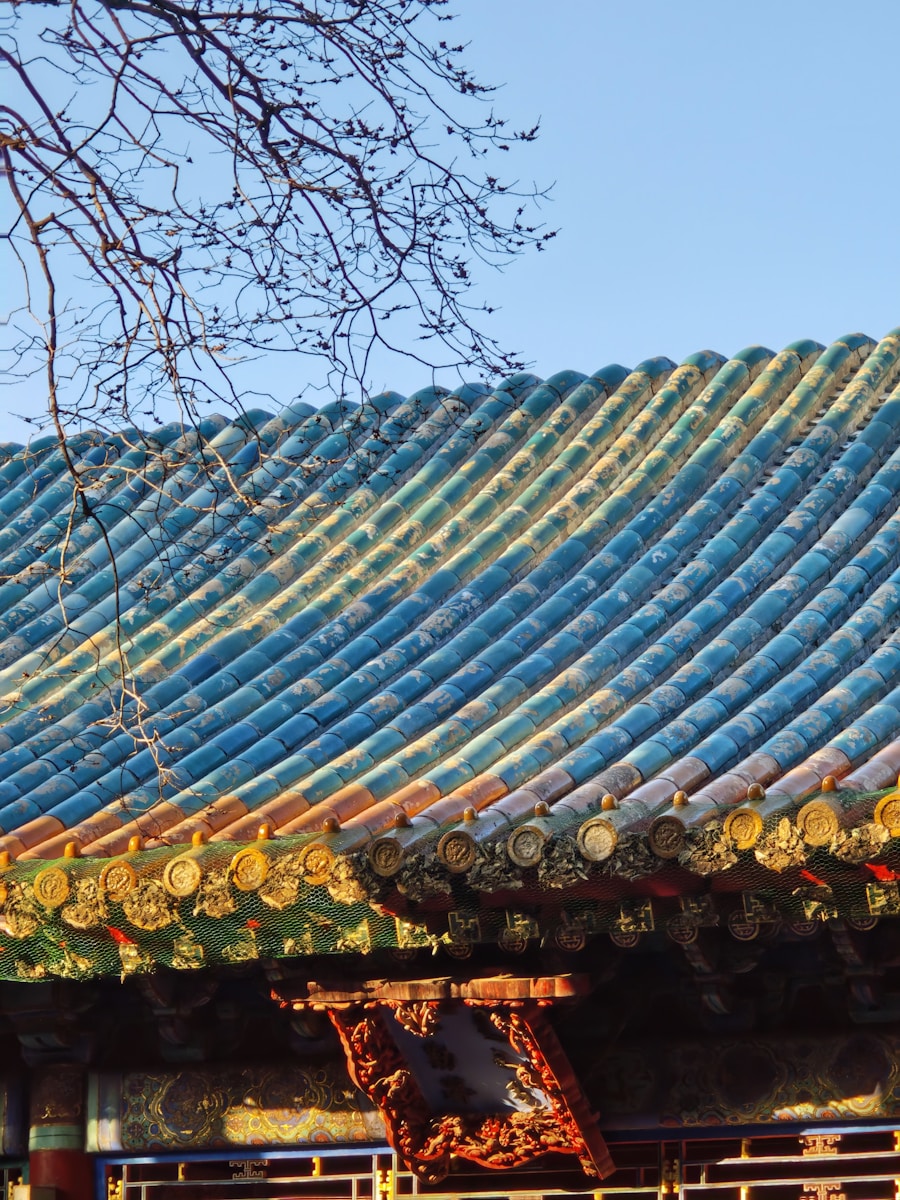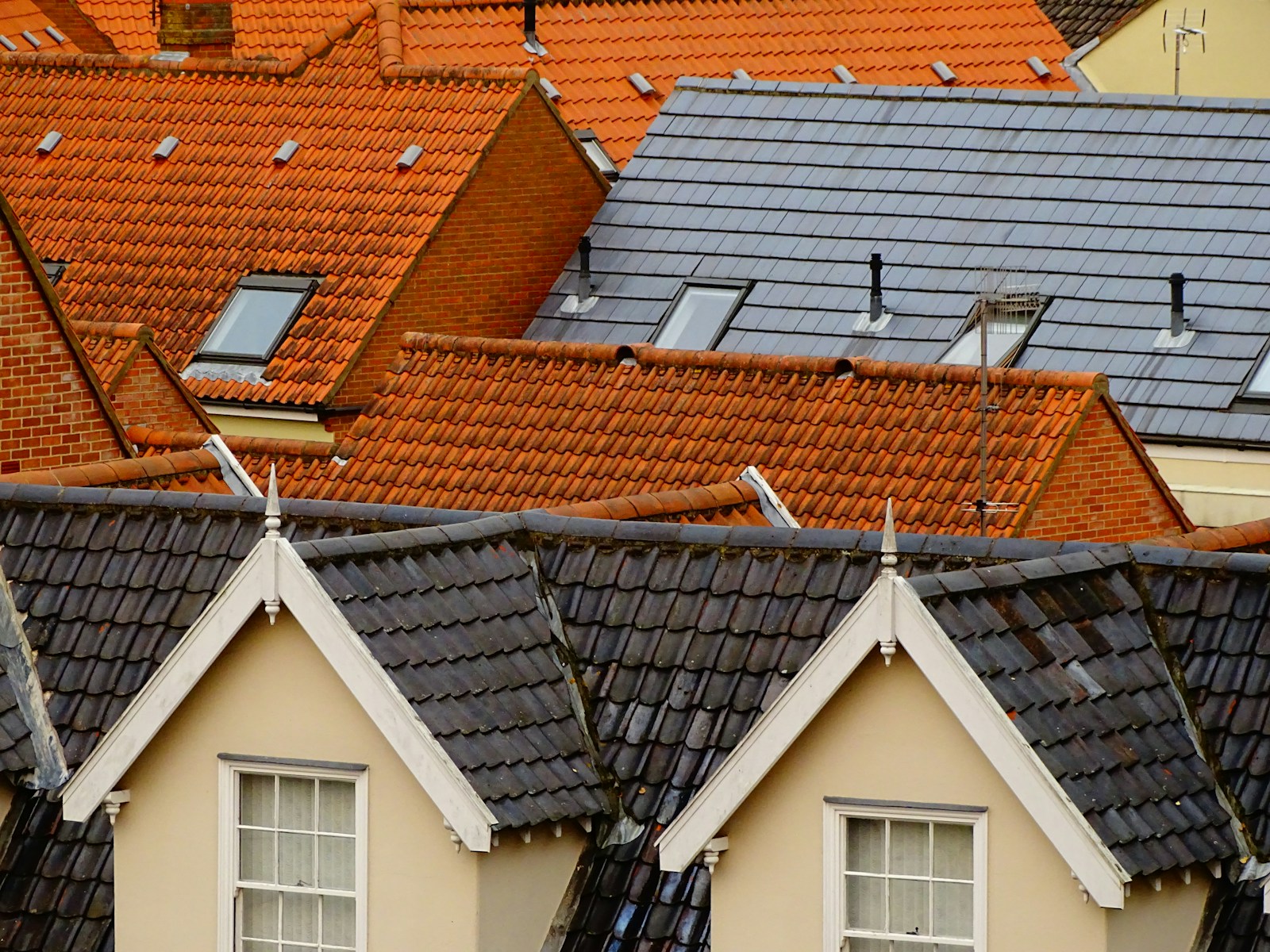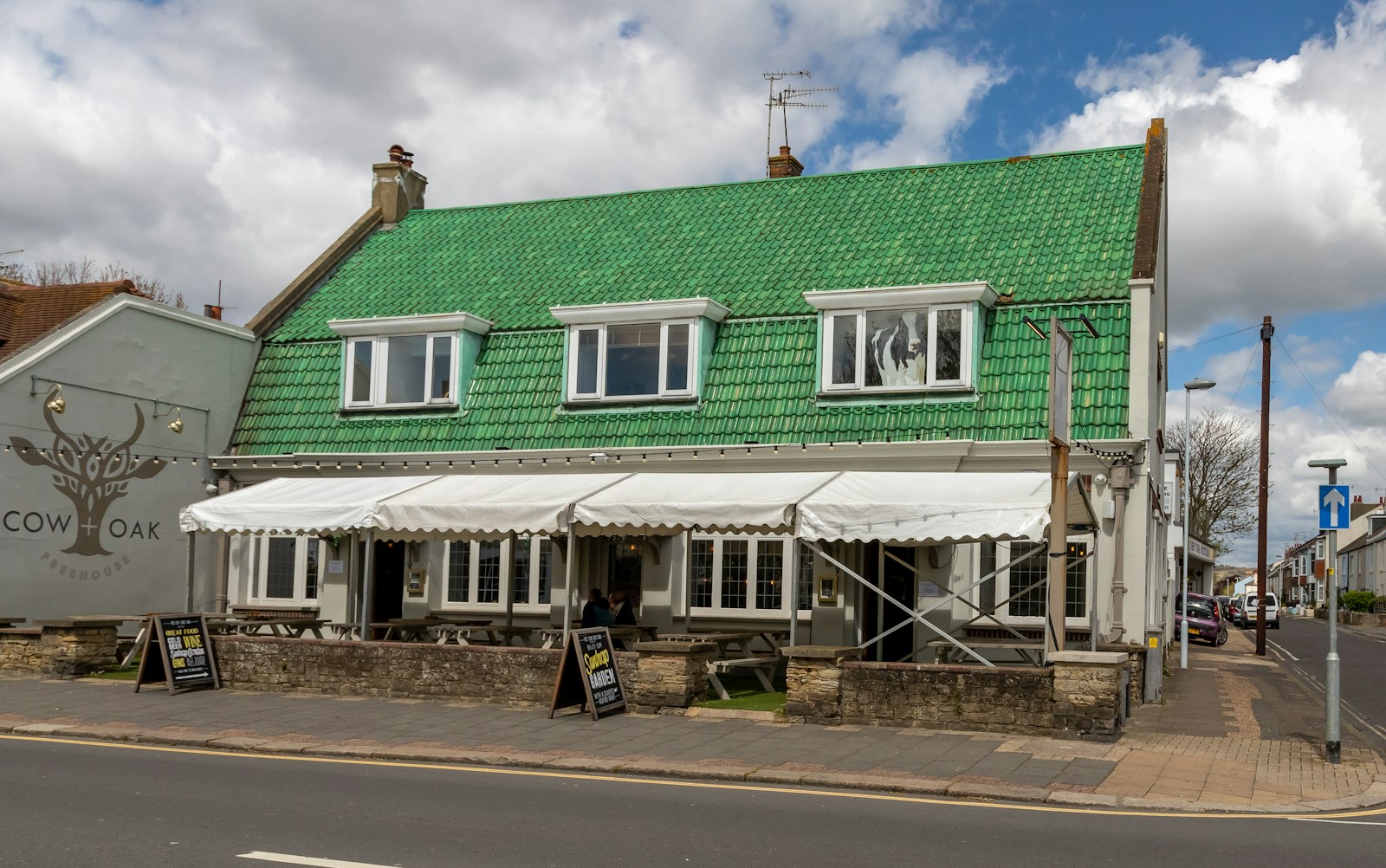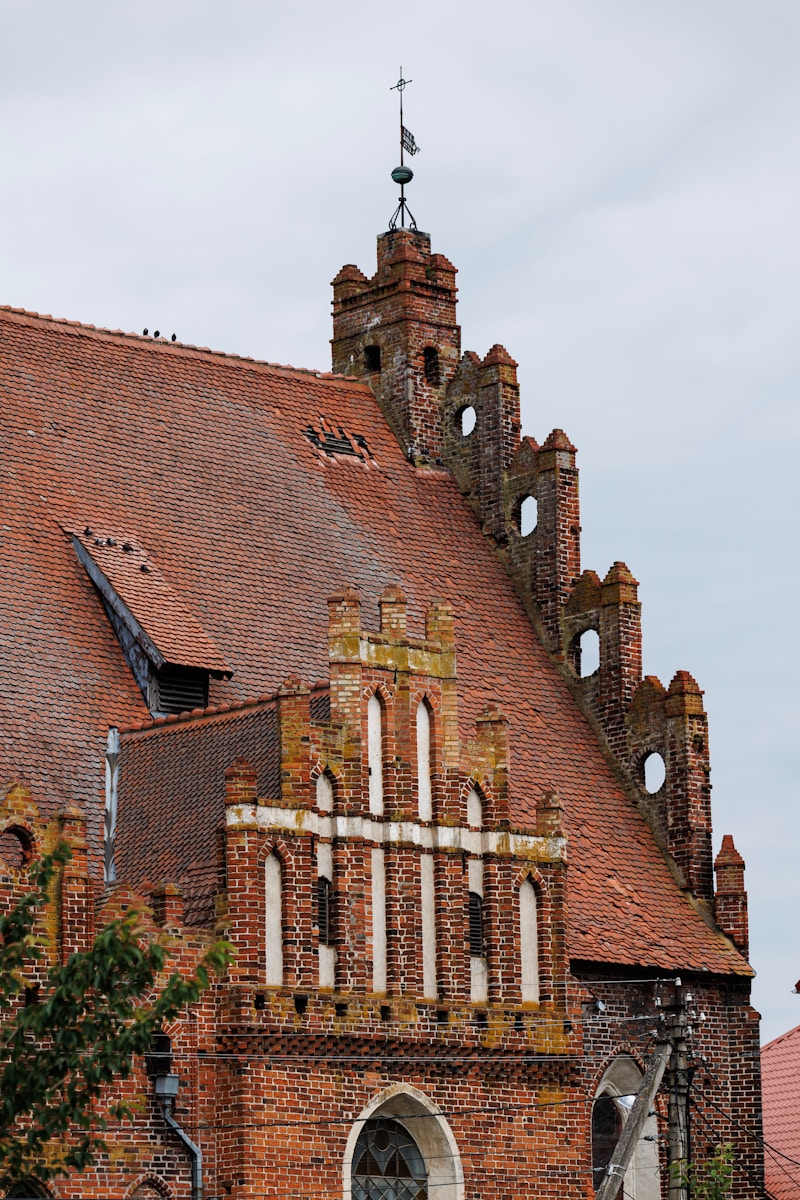There’s this funny thing with cool roofs — you put one on, all bright and reflective, thinking you’re playing the long game with heat reduction and all that green stuff. But give it a couple summers. Or some messy bird seasons. Maybe a rooftop HVAC sneeze. And next thing you know? That once dazzling white membrane starts looking like a dusty chalkboard someone spilled coffee on.
And yeah, the albedo — that’s just a highbrow word for reflectivity — starts nosediving. It doesn’t yell when it drops. Just quietly stops bouncing the sun back. Heat seeps in. Energy bills inch up. The roof’s still “there,” but it ain’t really working anymore.
First Things First: Is It Dirt, or Is It Death?
Before you start throwing coatings at it like a teenager slapping concealer before prom, you gotta figure: is the roof just dirty? Or is the material itself toasted?
Sometimes, you’d swear it’s ruined. Looks blotchy, kinda like it smoked too many cigarettes. But then you hit it with a low-pressure wash and…bam. Some brightness comes back. That’s the thing about cool roofs — they fool you. Dirt, soot, pollen, smog — they all play dress-up as damage. But underneath, reflectivity might still be kickin’.
Power washing though? Don’t go Hulk mode. Too much pressure and you’re doing more harm. It ain’t a sidewalk. Soft wash with a biodegradable cleaner, like the kind they use on boats — that’s more the speed.
Oh, and by the way — never scrub with wire brushes. Not unless you wanna gouge it and invite mold parties later.
When the Coating’s Just Tired and Done
Okay. So maybe you cleaned it. No dice. Still looks like a piece of driftwood from a haunted pier. That’s when the topcoat — that original reflective layer — has probably cooked itself into obsolescence.
This happens. UV light’s a bully. Over years, it beats down on the coating like it owes it money. Reflective pigments start to degrade. And suddenly your “cool roof” is acting more like a space heater.
In those cases, don’t panic. You can recoat. But not with just any ol’ goop from a hardware aisle.
Acrylic? Works sometimes. But only if the roof doesn’t pond water for days. Silicone’s got better odds in wet climates. Polyurethanes? Tricky — they’re tougher, but sometimes get yellowish with age. And if you mix incompatible layers? Yikes. Peeling, cracking, sadness.
Pro tip? Always check what the original coating was. It’s like knowing whether your pasta was cooked in butter or oil — matters more than you’d think.
What About Infrared-Reflective Pigments?
Ah yes. The magic dust.
So some folks use coatings with IR-reflective pigments. These are a bit like giving your roof sunglasses that don’t fall off. Even if the white fades a bit — visually — it might still reflect a good chunk of solar radiation.
But here’s the trick: that still doesn’t mean you skip maintenance. Because debris doesn’t care what pigments are in there. Tree sap and carbon particles from rooftop barbecues? Those’ll choke IR performance faster than you can say “cool zone.”
Also, reapplication needs patience. Some folks roll it on like they’re painting a shed. Nah. Needs even spread. Two coats, ideally. And let the first one cure before layering the second. Otherwise? Blister city.
Sealant Repairs… Band-Aids or Blessings?
Say your roof’s reflectivity is sorta fine, but there’s seams peeling or tiny punctures letting water in. Do you tear the whole thing up?
Well. Maybe. But maybe not.
Some folks get by with targeted elastomeric sealants — just dab and spread like peanut butter over a crack. Works…if the substrate is still stable. But here’s the thing: don’t seal over mold. That’s just roofing denial.
You gotta clean, dry, maybe even apply a primer depending on the sealant brand. Then hit it with a caulking gun and spatula. Messy work. Kneepads help. So does cursing quietly when it sticks to your gloves.
Long-term? It buys you time. Not decades. Maybe a few years if done right.
Edge Flashing and Drain Details: The Sneaky Gremlins
Cool roofs lose reflectivity fastest around edges. Weird, right? But think about it. That’s where grime builds up. Where rust drips. Where air currents drag crap particles and let them settle like lazy pigeons.
So even if the middle of your roof is bright, the edges might be doing all the heat-leaking. Cleaning there needs a toothbrush mentality. Detail work. Also, if there’s metal flashing that’s gone dull or started warping, it’s gonna mess with both water flow and surface continuity.
Sometimes, honestly, those little rusted metal bits ruin an entire roof’s performance rating. And they’re not even the roof. Just the accessories.
Paint Isn’t Always the Answer
People get this wild idea. “What if I just buy some white roof paint and roll it on?”
Yeah. Okay. Sure. If your goal is to look cool, maybe. But reflectivity ain’t just about being white. It’s about staying reflective. Cheap paints fade, powder off, or go chalky under UV assault. That ain’t repair. That’s just a fresh coat of lies.
Cool roof coatings are chemically different from wall paints. They’re made to take a beating. They flex. They breathe a bit. Roof paint from aisle 14 at the hardware mart? That stuff won’t even survive a monsoon season.
Always look for third-party test data. CRRC (Cool Roof Rating Council) numbers are your friend. Don’t go by the brochure.
Algae and Microbial Hitchhikers
This one’s underrated. A roof might lose reflectivity not because it’s worn, but because it’s become a garden. Microscopic plants — algae, mold, even lichen — love cozy, damp rooftops.
Especially in humid areas. East-facing slopes stay wetter longer. Boom. Algae city.
You think it’s just discoloration? Nah. That green stuff absorbs heat like a sunbather. And worse — it feeds off dust and organic grime, making your roof its food court.
There are biocide treatments. But you can’t just dump bleach. That messes up runoff and voids warranties. Use roof-safe, plant-safe algaecides. Some coatings even have algae blockers built in — a bit like bug spray for your shingles.
When All Else Fails: Strip and Rebuild
Sometimes, you do all this. Clean it. Coat it. Patch it. Still — the thing feels like a limp piece of toast underfoot.
That’s when you cut losses.
Peel back the failing membrane. Check insulation underneath. Sometimes, even that’s wet and moldy. If the base is shot, any coating’s just…makeup on a sinking ship.
In that case? Go full teardown. Install a new single-ply (like TPO or PVC) with high reflectivity. Add tapered insulation so water runs off. Use light-colored ballast or a coating rated for actual solar exposure. Not just lab tests.
And this time? Plan maintenance from year one. Annual inspections. Gentle cleaning. Maybe even a rooftop calendar. Whatever keeps you from having this exact conversation five years from now.





